Best Martin guitars 2025: Classic tones for all budgets from the famous acoustic guitar brand
From old-school legends to models at the forefront of acoustic technology, we look at the best Martin guitars out there
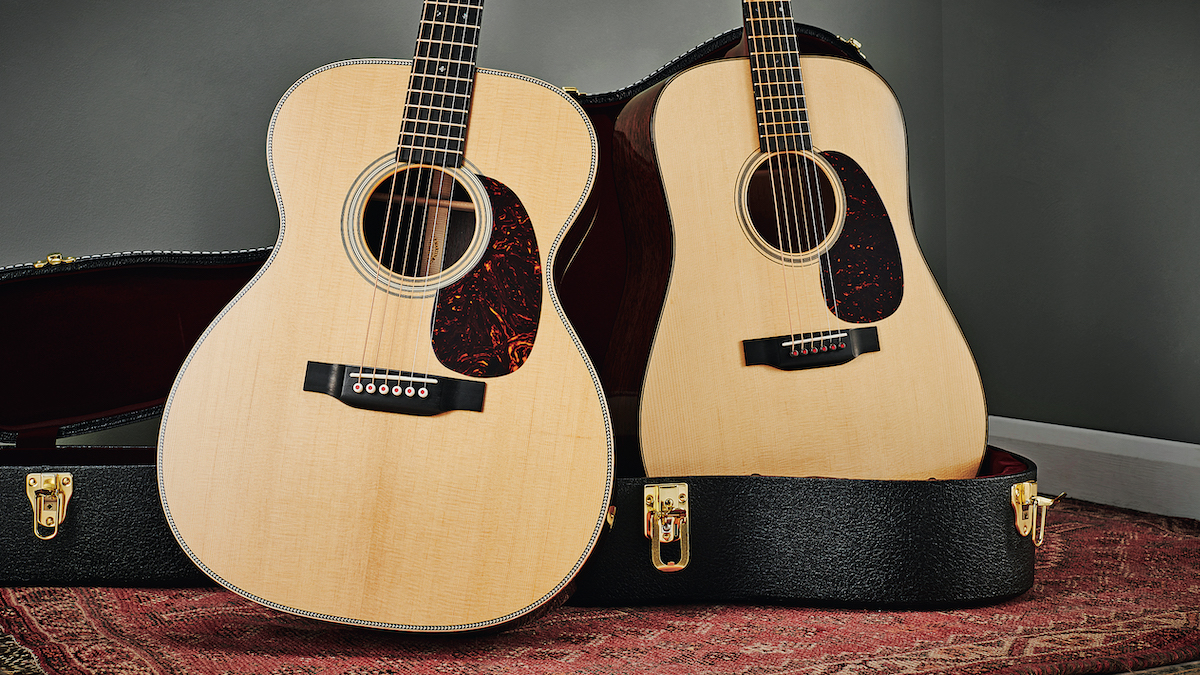
When you think of legendary acoustic guitars, chances are, you’re thinking of one of the best Martin guitars. Going back nearly 200 years, Martin is a company steeped in heritage. It's a family-run business that has grown to be one of the most popular and sought after guitar brands in the world.
A huge range of artists have turned to the best Martin guitars over the decades. Everyone from John Lennon, Bob Marley, Joni Mitchell and David Crosby to the likes of John Mayer, Shawn Mendes, Lewis Capaldi, Maisie Peters and beyond have looked to this legendary guitar brand for unbeatable tone, playability and reliability.
Whether you’re writing folk tunes in your bedroom, or playing songs on huge stages, a Martin guitar could be the tool you need to get the job done. Martin makes a huge range of models, covering most budgets so you don’t have to be a touring pro to get your hands on one.
We’ve picked our favourite models that cover all bases, and have included some buying advice below to help you understand the brand a little better and get the most for your money.
Best Martin guitars: Our top picks
The best Martin guitar depends what you’re after, and of course your budget. With plenty of cash to spend, we’d probably go for the Martin D28 Standard. It’s a classic model that delivers an incredibly rich tone that’s well balanced and is suited to all kinds of music. For those that want a great Martin guitar without spending thousands, check out the Martin D-10E. It’s an all solid wood Martin dreadnought, for a great price.
Players just starting out, or those who struggle with full size guitars might like the Martin LX1E. It’s become one of the go-to guitars for learning on, gigging and busking.
Best Martin guitars: Product guide
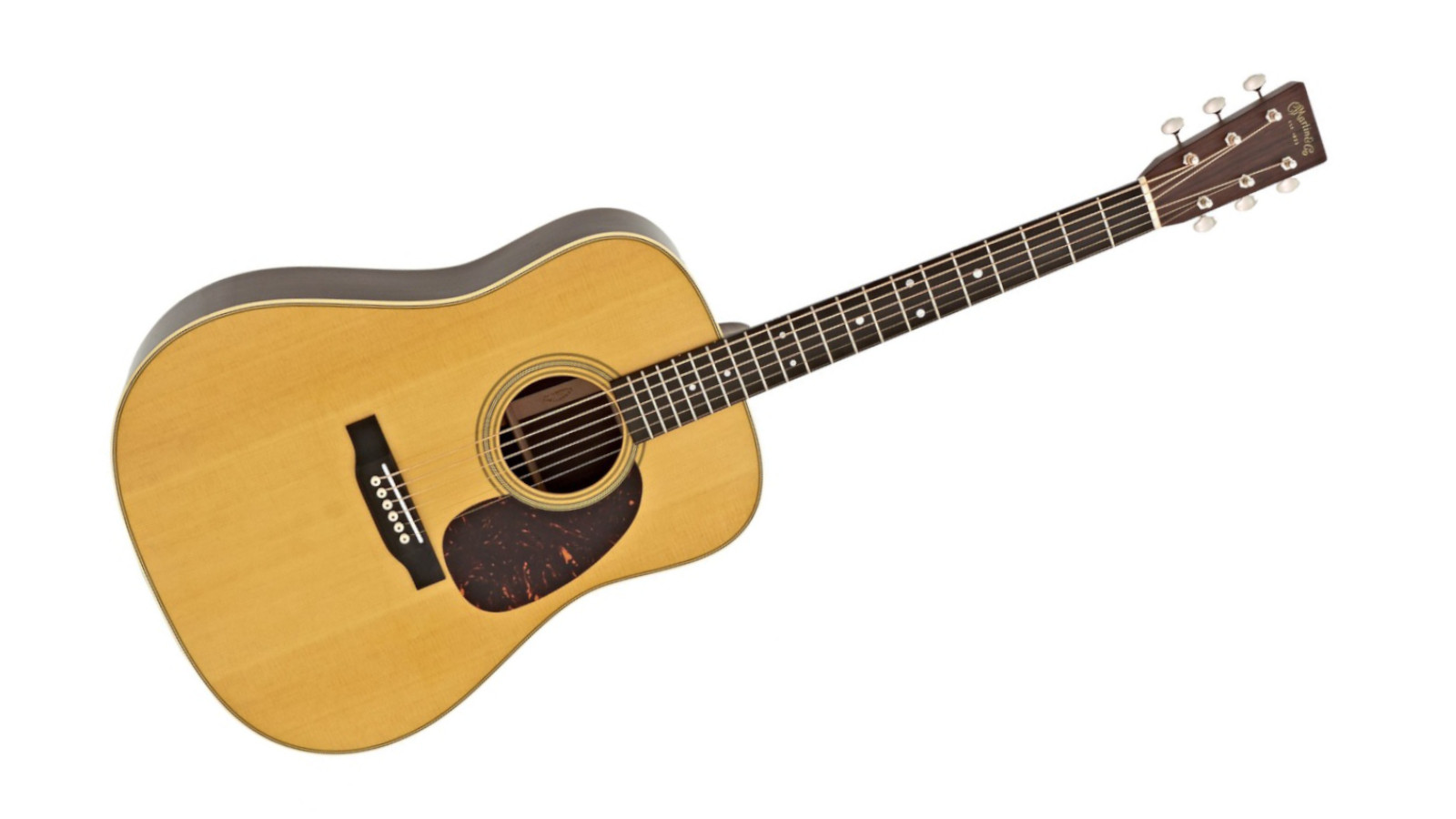
1. Martin D-28 Standard
Our expert review:
Specifications
Reasons to buy
Reasons to avoid
The Martin D-28 may well be the quintessential acoustic guitar. Look at a list of classic albums over the last 50 years, and chances are, a good chunk of them feature either a D-28, or its big brother the D-45.
The D-28’s dreadnought body shape gives you a powerful bass response, paired with a beautiful, clear and very present top end, leaving room for vocals to sit in the middle. This is one of the reasons why so many singer-songwriters have turned to the D-28 over the years. The classic combination of a spruce top and rosewood back and sides yields an articulate sound, very rich and bright – this is a guitar you’ll be heard with!
This guitar is incredibly dynamic. If you’re using a pick, then you can drive the top to get a lot of volume; however it also responds well to flatpicking and fingerpicking, so essentially, it can cater for all playing styles. There really are plenty of reasons why the D-28 is one of the most iconic guitars of all time!
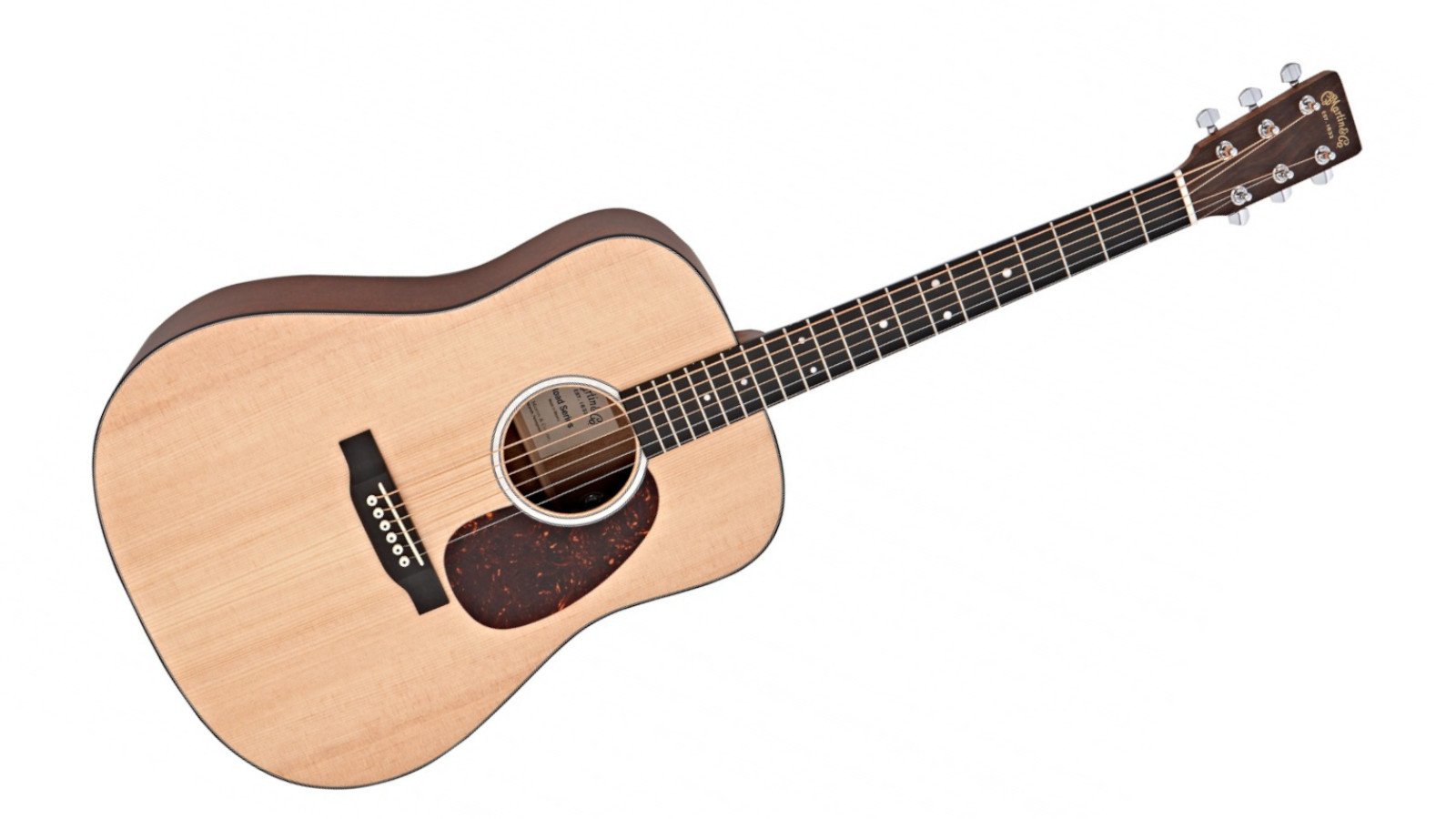
2. Martin D-10E Road Series
Our expert review:
Specifications
Reasons to buy
Reasons to avoid
The D-10E is a great introduction to the world of all solid-wood Martin guitars. It’s priced really well, and gives those who have maybe hankered after a D-28 or D-45 a chance to own a proper Martin dreadnought without spending thousands. This gives you the classic Martin dreadnought sound – big and bassy, with lots of detail and clarity. It sounds nice and rich, with great top end clarity and has been made with a solid spruce top and solid sapele back and sides.
The body has a satin finish and the neck has been hand-rubbed so it has a sort of worn-in feel to it (but still feels new), which makes it instantly comfortable. There’s also a great pickup on board – the Fishman MX-T – and even a sound hole tuner so there’s no need for clip-ons or a pedal. All of these features make the D-10E one of the best Martin guitars for players that want a good sounding workhorse guitar to take on the road or to the studio.
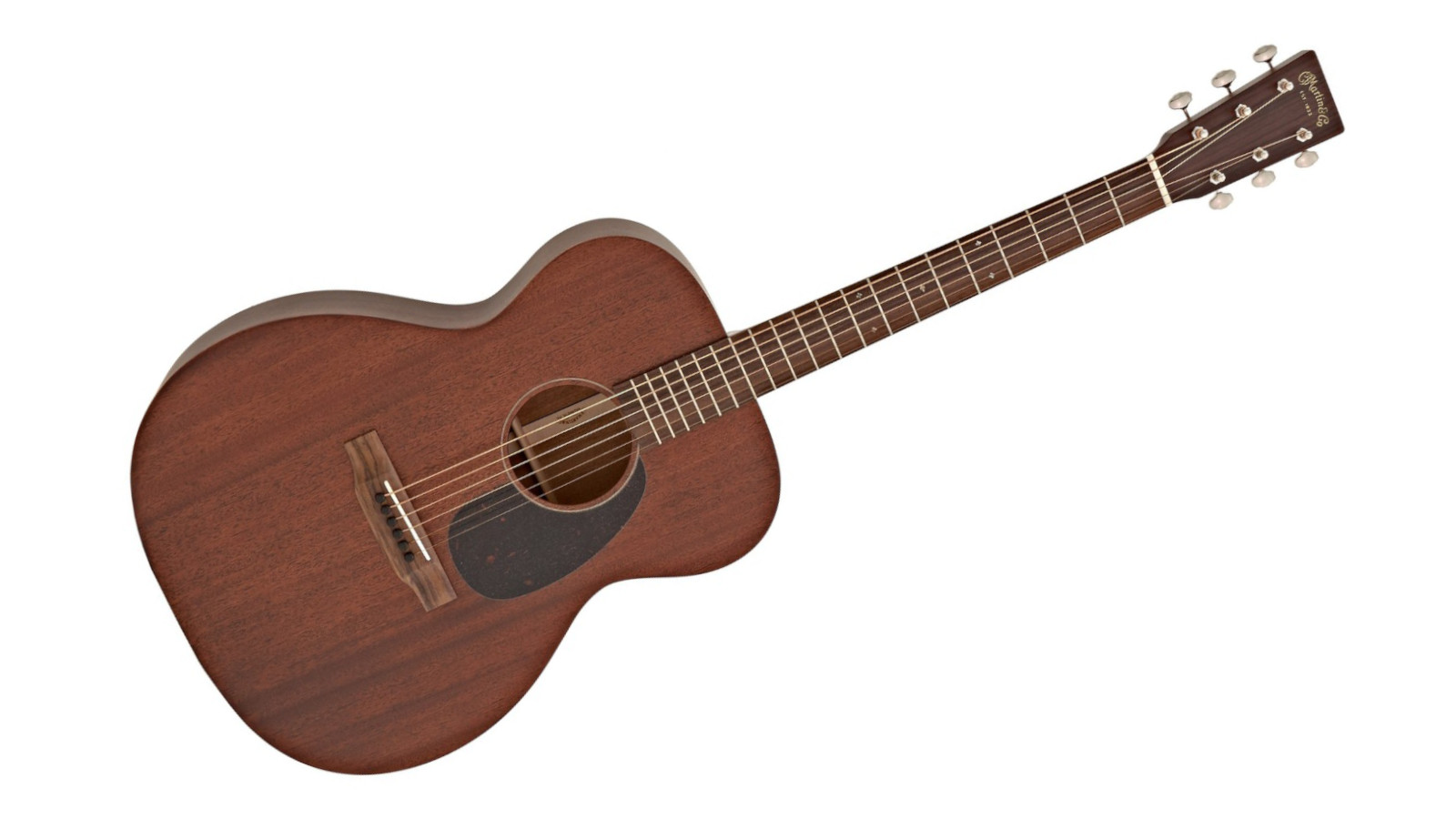
Specifications
Reasons to buy
Reasons to avoid
The 000-15M is a fingerpicker’s dream. Built from all solid mahogany, it has a very rich, warm, mellow and dry tone. It’s really well balanced, making it a great recording guitar. Because of the dry sound, you get good note attack, without much complexity or overtones, so if you’re playing quick passages of music then you’re going to hear each note with lots of clarity. It works well for fingerpicking, but it’s also a great strumming guitar too.
These guitars are so much fun to play. They’re super comfortable to sit down or stand up with and the satin finish makes it feel like it has been yours for years already. It also comes in at a fairly reasonable price, considering how much solid wood you’re getting.
Read the full Martin 000-15M review
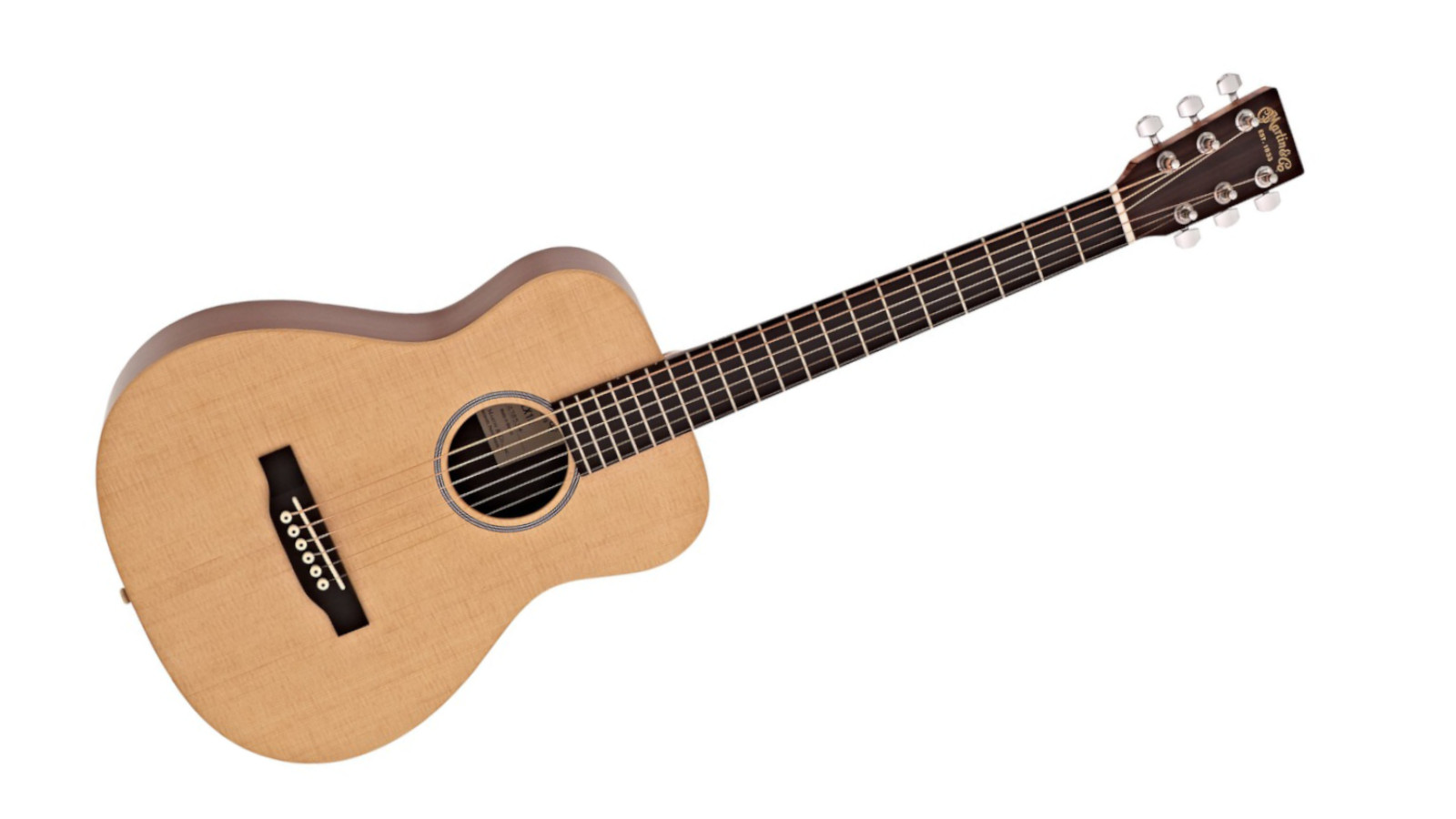
Specifications
Reasons to buy
Reasons to avoid
The Martin LX1E has become a legendary guitar. Even without the fact that Ed Sheeran used this religiously in the early days of his career, it’s been one of the go-to choices for a wide range of guitarists – from beginners to pros for years.
The compact size means that it’s a great guitar for travelling with. Whilst it is small, it doesn’t suffer too much from the boxy sound that normally accompanies a guitar of this size. It’s nice and balanced, and throws out a surprising amount of low end. It’s equipped with a fairly standard pickup, but that means it’s suited to playing live.
Its size also makes it perfect for smaller players or those just starting out. It’s got a 23” scale, so the notes on the fretboard are closer together – meaning you don’t have to stretch as far. For players used to a full-scale guitar, it’s not so much of a shift that it’s unplayable though – five minutes in and you’ll get used to it. Overall, one of the best value acoustic guitars out there, really versatile and certainly one of the best Martin guitars.
Read the full Martin LX1E review
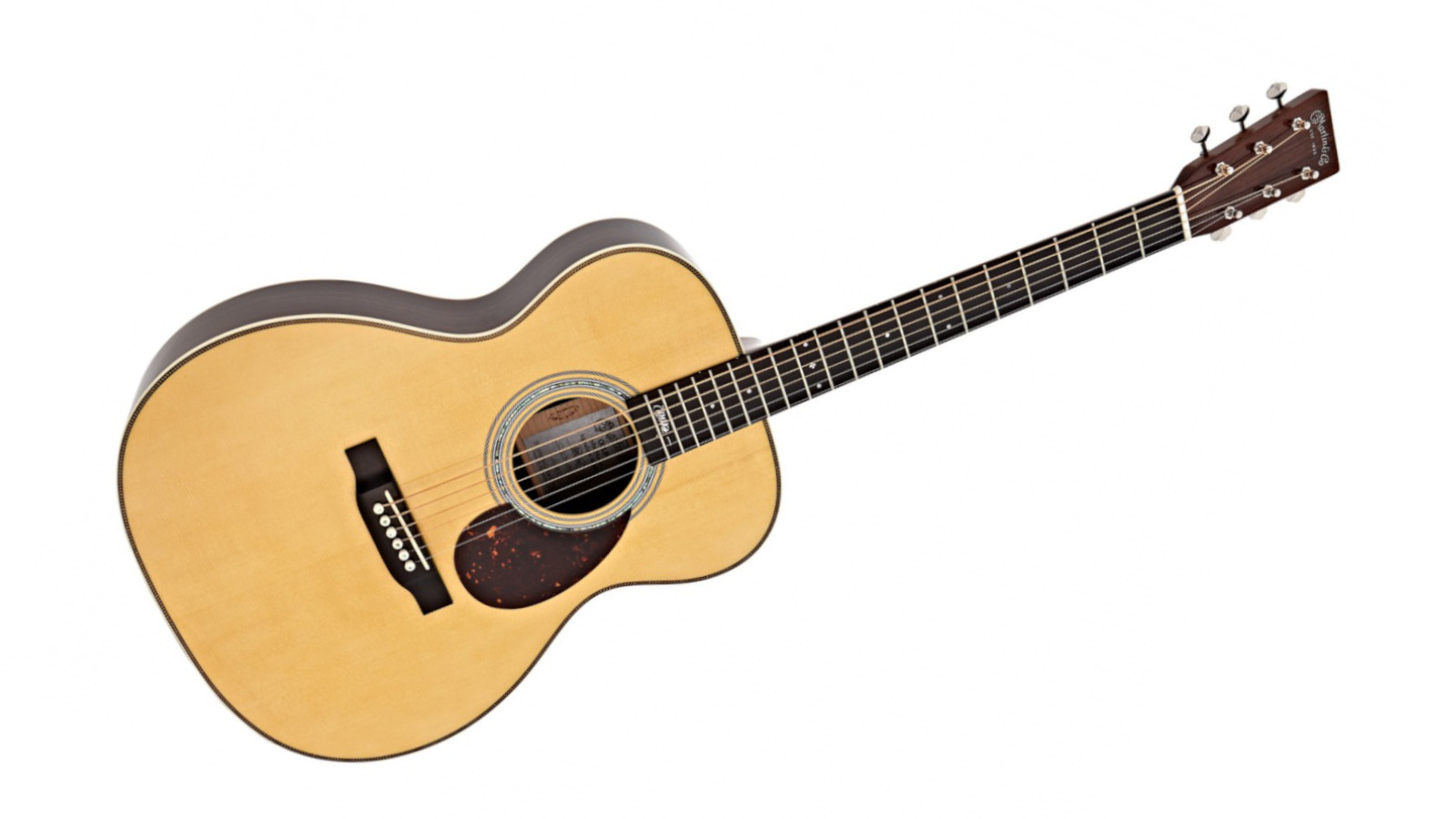
5. Martin OMJM
Our expert review:
Specifications
Reasons to buy
Reasons to avoid
John Mayer’s second and more accessible (though it’s still expensive!) signature Martin is exactly what you’d expect from a collaboration between one of the most revered guitar brands in the world, and one of the most successful songwriters and performers. The Martin OMJM is an incredible instrument that sports an Englemann spruce top and East Indian rosewood back and sides – a classic combination that yields a powerful but versatile sound, with plenty of sustain.
Martin’s OM body shape helps the guitar produce a very balanced tone, so expect rich and warm lows and crisp, articulate and shimmering highs, with enough of a punchy mid presence too. The onboard electronics are also very good – the Fishman/Martin Gold Plus Natural 1 pickup system, which helps project the guitar’s natural tone through an amp. The guitar works really well both fingerstyle and with a pick – you can get some volume out of it with heavy strumming, but it’s also going to sound really full and rich when you’re using a softer touch.
Make no mistake, this is a professional-level instrument, so expect to pay top dollar for it. But, it sounds wonderful – certainly one of the most versatile and best Martin guitars available.
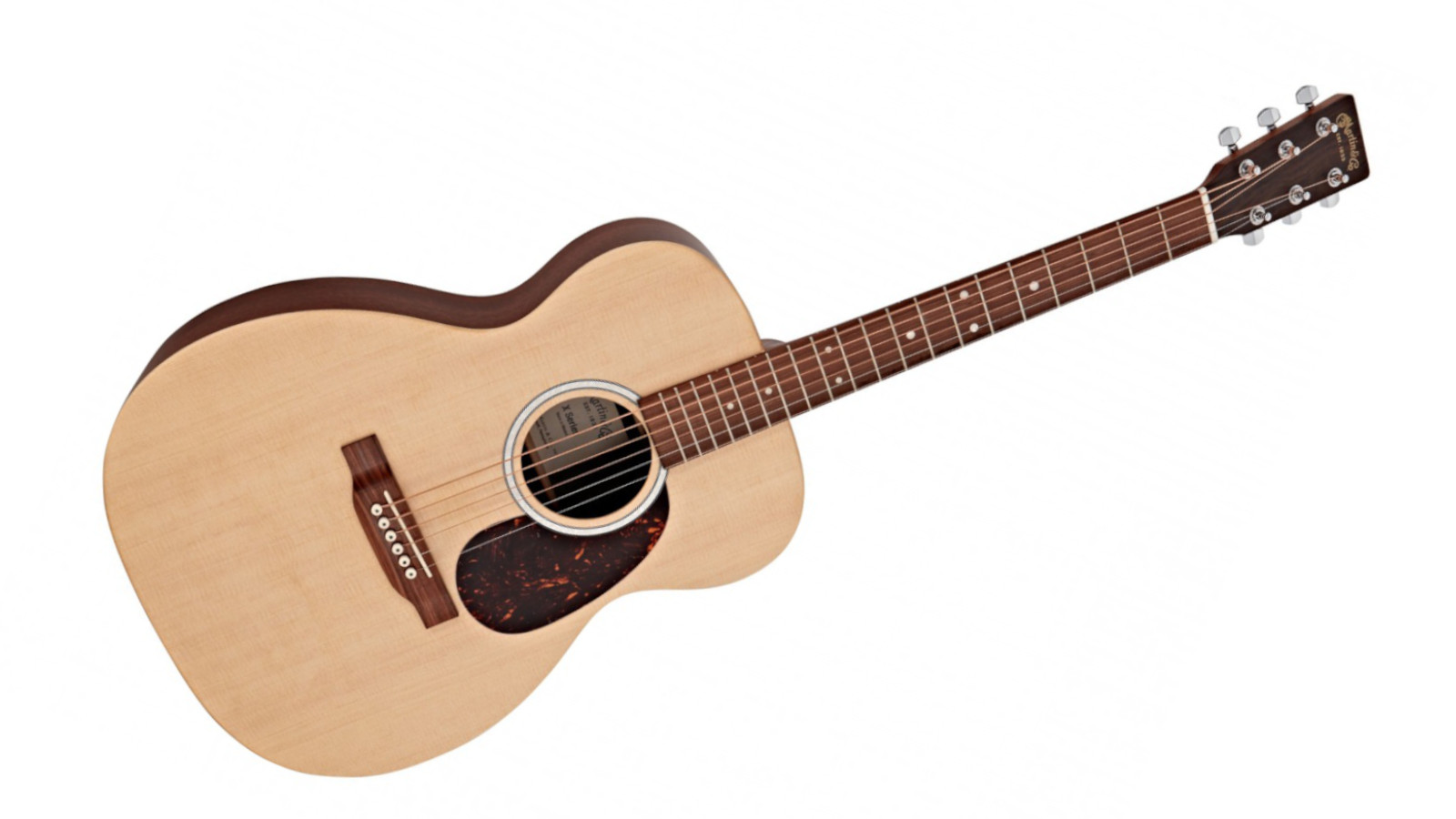
6. Martin 00-X2E
Our expert review:
Specifications
Reasons to buy
Reasons to avoid
Building on the success of its predecessor, the 00-X1E, this reasonably priced concert sized Martin electro-acoustic guitar proves to be a viable option for guitarists that might find themselves fingerpicking just as much as they would strumming with a pick.
It doesn’t have the bottom end or power of a dreadnought, but it is very versatile. If you want something that’s got punch, clarity and allows you to control dynamics easily then this is likely to tick some boxes. It’s got a solid spruce top, so you can expect a nice, bright tone that’s well balanced. There’s a nice pickup fitted too – the Fishman MX – which means you can turn up to gigs or open mic nights and just plug in and play.
The 00-X2E is one of the best Martin guitars for players looking to upgrade to something with a solid top that can cater for a wide range of music and playing styles.
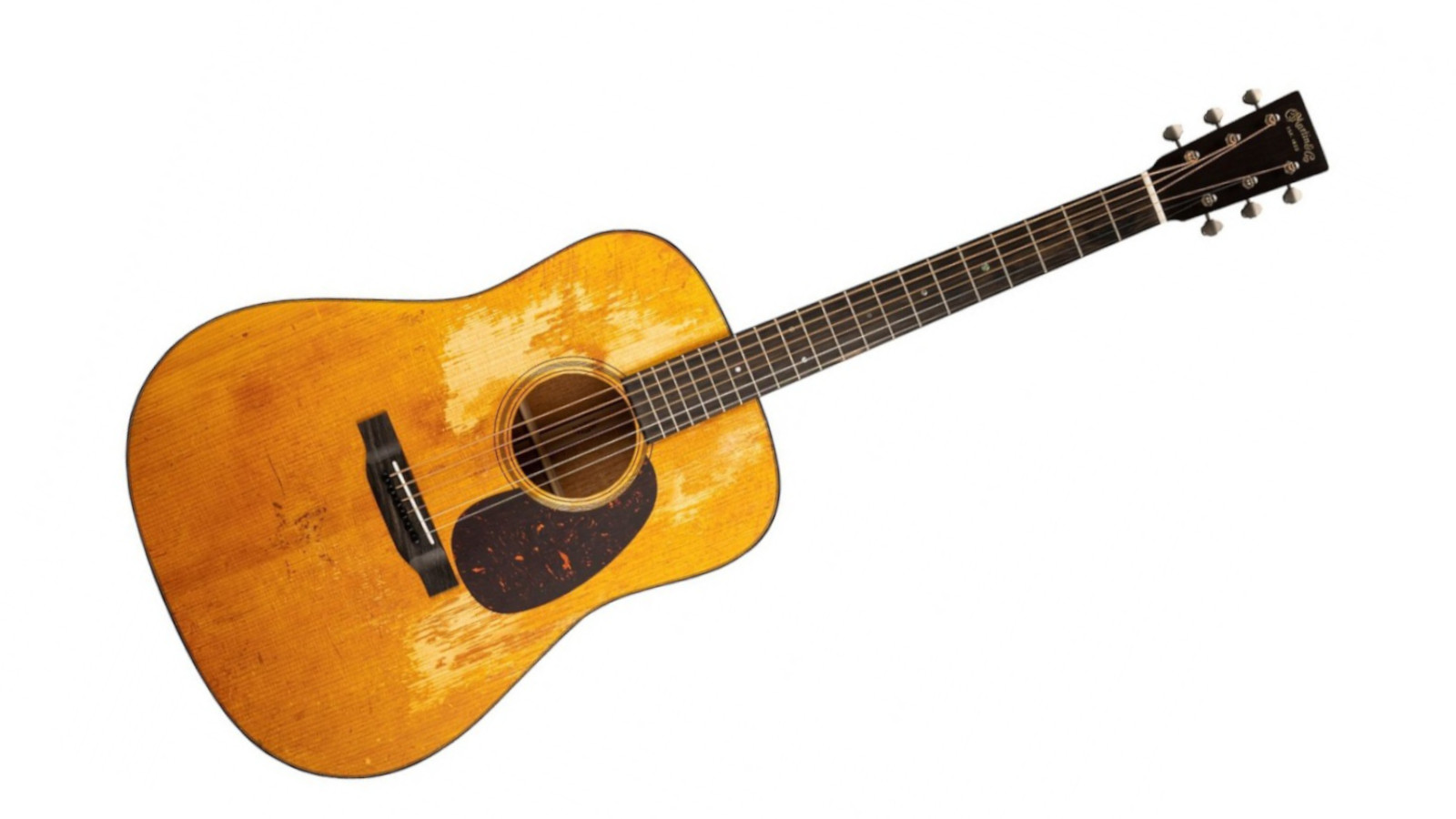
7. Martin D18 Street Legend
Our expert review:
Specifications
Reasons to buy
Reasons to avoid
This is a more recent take on a classic Martin dreadnought. The D-18 Street Legend is a brand new guitar, with a worn satin finish, inspired by some historic models found in Martin’s museum. Not only does this give the guitar a unique and retro look, it also makes it feel worn in and instantly comfortable.
With a solid spruce top and solid mahogany back and sides, the guitar has plenty of articulation in the top end, and power in the bottom. It’s also got a nice presence in the midrange too, thanks to the mahogany. On the underside of the top there’s scalloped bracing which helps contribute to the guitar’s volume – this thing can really project when you drive it, though the top will react very well to softer playing too.
If you’re after a classic looking guitar, with the legendary dreadnought sound, then this is a great Martin guitar to go for.
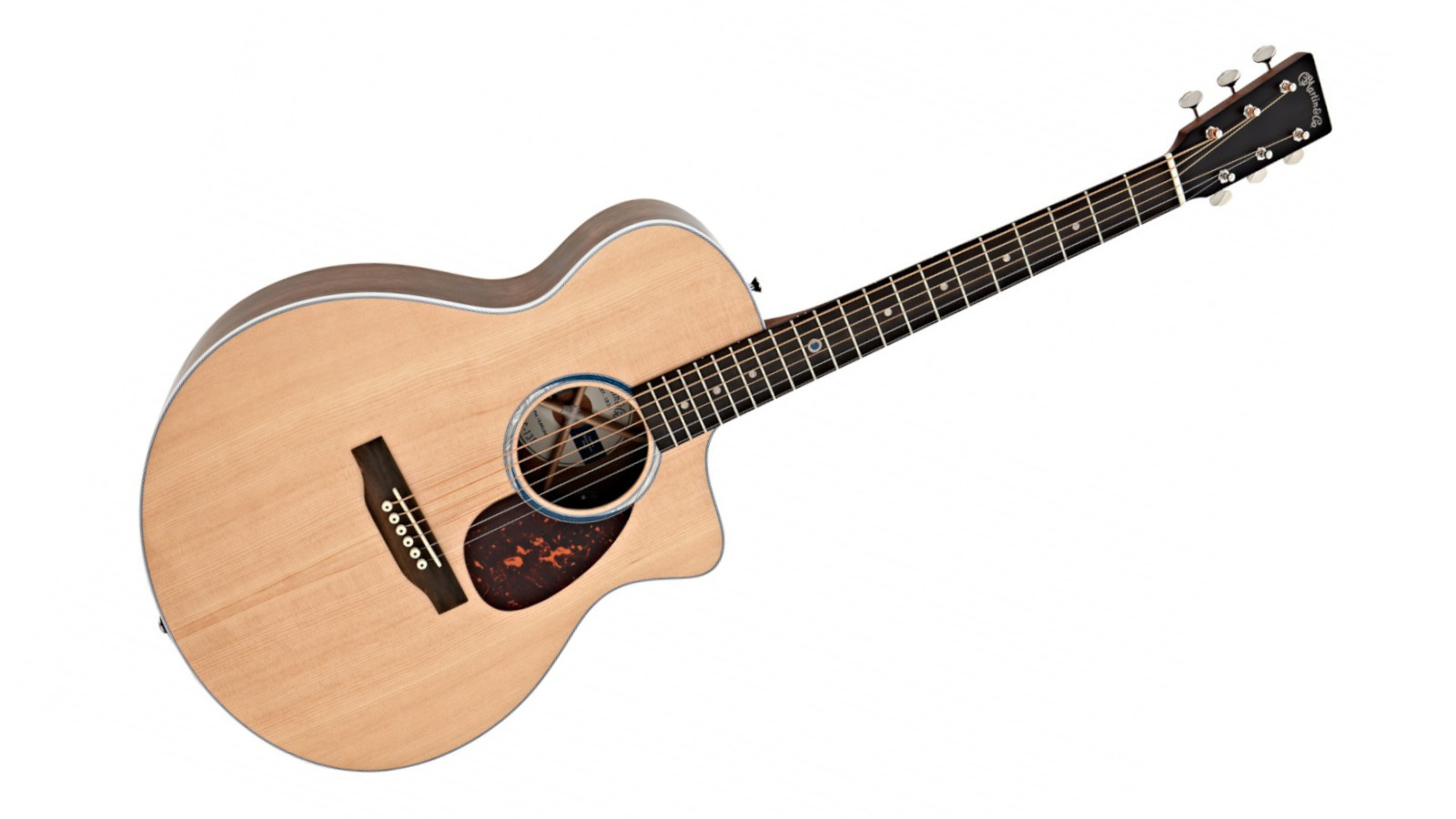
Specifications
Reasons to buy
Reasons to avoid
This is something completely different for Martin and it shows that it is not a company stuck in the past. This is a modern take on the acoustic guitar, but it still retains a lot of the Martin character that players have loved for nearly two centuries.
The SC-13E is super easy to play and is perfect for those that like to utilise the entire fingerboard. Lead players will find that access to those highest frets is probably easier than it is on most other acoustics. The neck profile aids this, with it getting thinner and more ergonomic as you go higher up the neck.
The Koa back and sides complement the spruce top, resulting in a modern take on the classic Martin sound. It projects really well and has fantastic note clarity. The Fishman MX-T pickup ensures you get a great sound plugged in, but also the slightly offset body shape of this also means you can push the volume and gain a little more before it starts to feedback.
Read the full Martin SC-13E review
Best Martin guitars: Buying advice
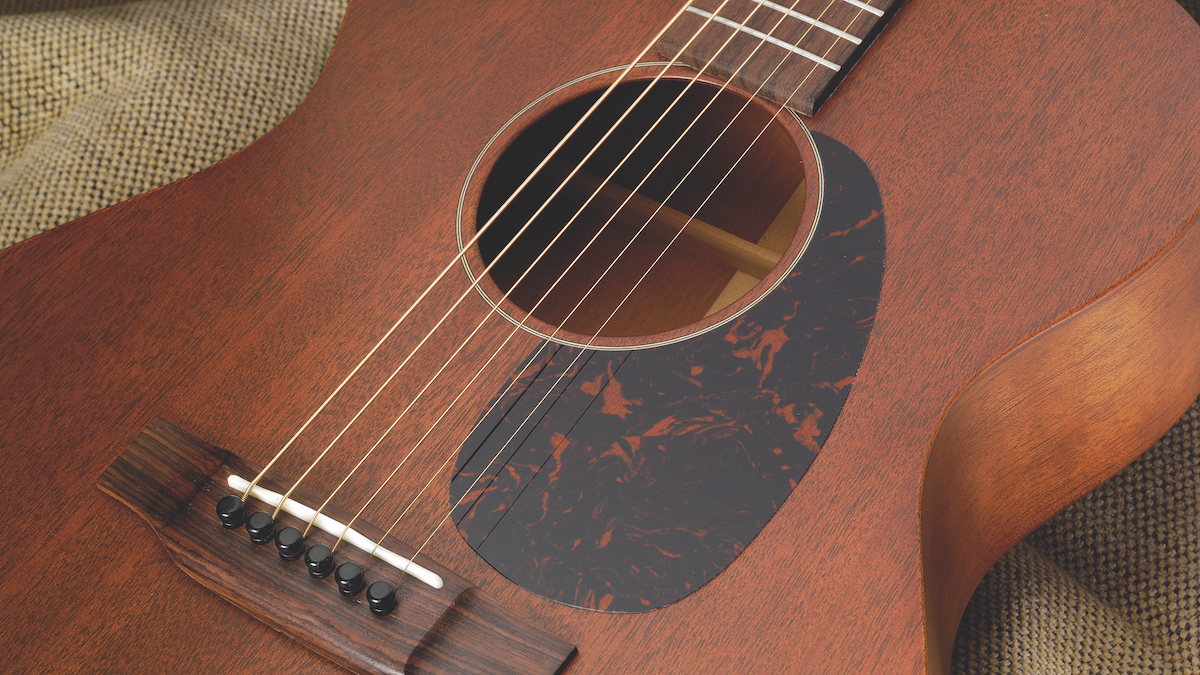
How to choose the best Martin guitar for you
MusicRadar's got your back
Martin has been around since 1833. Starting out as a family business, and remaining so to this day, Martin has grown to become one of the biggest and most influential acoustic guitar manufacturers in the world. It is credited for a number of innovations, including the creation of the dreadnought body shape, scalloped bracing, and – even though there isn’t proof – it’s thought the company came up with the idea for X-bracing in the 1840s/’50s.
It’s safe to say that Martin really helped drive the instrument forwards and help make it what it is today. The Martin guitars that are available to us now are a reflection of this heritage and allow you to own a small part of that history.
Today, Martins are made either at their headquarters in Nazareth, Pennsylvania, or in its factory in Navojoa, Mexico. The more budget-conscious models are made in Mexico – so that’s the X Series, Backpacker Series, Road Series and Dreadnought Junior. These instruments are made by skilled individuals to a high standard, so rest assured, these are still top quality guitars. The models above this are made in the US, and usually bear a higher price tag.
Martin embraces the handmade nature of guitar building, but doesn't shy away from technology when it believes that it’s beneficial to the guitar. Some machines are used to make Martin guitars, but they’re still mostly made and assembled by human hands. Each instrument gets a lot of love and attention poured into it.
Which body shape should I go for?
The body shape plays a big part in creating the voice of the instrument. The dreadnought is probably the most recognisable acoustic guitar shape, and Martin actually pioneered it many years ago. Dreadnoughts produce lots of bottom and high end frequencies. So you get a nice, fat bassy sound, that’s also detailed and crisp in the higher registers. This leaves a bit of a natural mid scoop where vocals can sit nicely, so many singer songwriters gravitate towards them. They can be quite powerful too, so if you need something that can project a lot of volume, then a dreadnought Martin is one to consider.
A parlour guitar is a lot smaller, and because of its size requires less effort to get the top moving, so soft strummers and fingerpickers often like these as they can get more out of them. They aren’t quite as loud though. They can be fairly versatile, and usually have a bit of a bump in the mids.
Concert, grand concert and auditorium sized Martins sort of sit in the middle. They tend to allow for a nice, tight and controlled bass sound, along with a sweet, musical top end. So all in all, they’re nice and balanced. Generally, the bigger the body, the more volume you’ll get out of it as you strum and pick harder.
Which woods does Martin commonly use
Alongside the body shape, the biggest component in the sound that an acoustic guitar makes is determined by the wood. There are all sorts of combinations of woods used on the best Martin guitars, so it would be impossible to go through them all here, however we can talk about some popular ones.
Spruce is the most common for the top. It’s really versatile, working well for any style of music. It’s a bit of a blank canvas for the player, but generally, it’s quite bright, crisp and articulate. It can give you nice bass frequencies, as well as rich treble, along with a good, but not overwhelming mid presence – so it’s very balanced.
Mahogany gives quite a direct and dry sound, without much in the way of overtones or complexity. It’s a lot warmer than spruce, with many players describing the sound as ‘woody’, and there’s also a slight natural mid-bump. It’s often paired with mahogany back and sides too. A lot of folk and blues players (particularly those who fingerpick) like mahogany guitars. Mahogany tends to be less bassy, punchier in the mids and with a nice top end, which can make them ideal guitars for recording.
For the back and sides, rosewood has been a go-to choice for a long time. There are different types of different rosewood – the most sought after (and expensive) being Brazilian rosewood due to its limited availability and incredibly rich and balanced sound. Rosewood tends to yield a nice, warm tone with rich overtones and great sustain. Pair this with a spruce top and you’ve got a wonderfully balanced instrument that has a strong presence in all frequency ranges.
It’s also worth noting that many of the best Martin guitars utilise both solid and laminate woods. An all-solid guitar is usually preferred, but will cost you more money. Solid wood resonates and vibrates more than laminate wood, leading to a richer and more dynamic sound. One way of getting this more complex tone without having to spend as much is to get a guitar with a solid top and laminate back and sides.
How we choose the best Martin guitars
Here at MusicRadar, we are experts in our field, with many years of playing, creating and product testing between us. We live and breathe everything music gear related, and we draw on this knowledge and experience of using products in live, recording and rehearsal scenarios when selecting the products for our guides.
When choosing what we believe to be the best Martin guitars available right now, we combine our hands-on experience, user reviews and testimonies and engage in lengthy discussions with our editorial colleagues to reach a consensus about the top products in any given category.
First and foremost, we are musicians, and we want other players to find the right product for them. So we take into careful consideration everything from budget to feature set, ease of use and durability to come up with a list of what we can safely say are the best Martin guitars on the market right now.
Find out more about how we test music gear and services at MusicRadar.
Related buyer's guides
- Best acoustic guitar strings: get the most from your acoustic
- Best cheap acoustic guitars: top picks for players on a budget
- Best acoustic guitars under $/£1,000: for beginners and experts
- Best acoustic guitar mics: top picks for recording
- Best acoustic guitar pickups: for strummers to percussive players
- Best Yamaha acoustic guitars: 8 top choices
Get the MusicRadar Newsletter
Want all the hottest music and gear news, reviews, deals, features and more, direct to your inbox? Sign up here.
After spending a decade in music retail, Richard is now a freelance writer for MusicRadar, Guitar Player, Guitar World and Reverb, specialising in electric and acoustic guitars, bass, and almost anything else you can make a tune with. When his head’s not buried in the best of modern and vintage gear, Richard runs a small company helping musicians with songwriting, production and performance, and plays bass in an alt-rock band. Otherwise, you'll probably find him out walking the dog!
“Beyond its beauty, the cocobolo contributes to the guitar’s overall projection and sustain”: Cort’s stunning new Gold Series acoustic is a love letter to an exotic tone wood
“Your full-scale companion. Anytime. Anywhere… the perfect companion to your full-size Martin”: Meet the Junior Series, the new small-bodied, travel-friendly acoustic range from Martin
